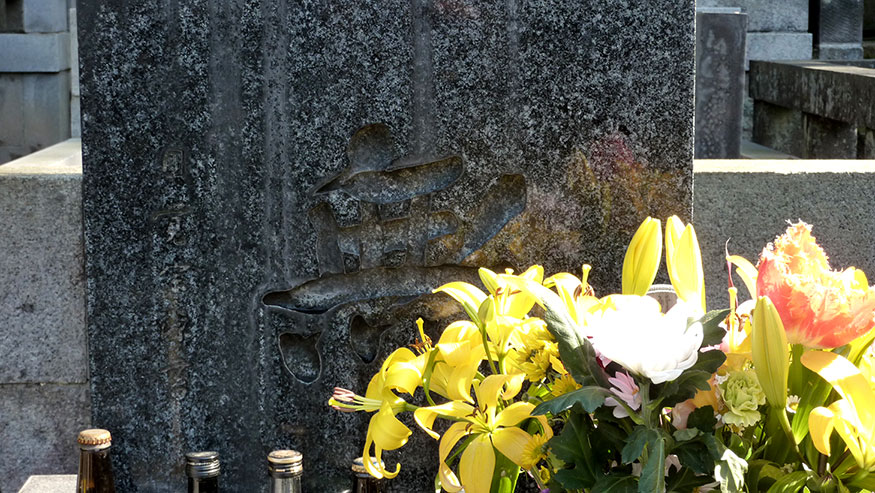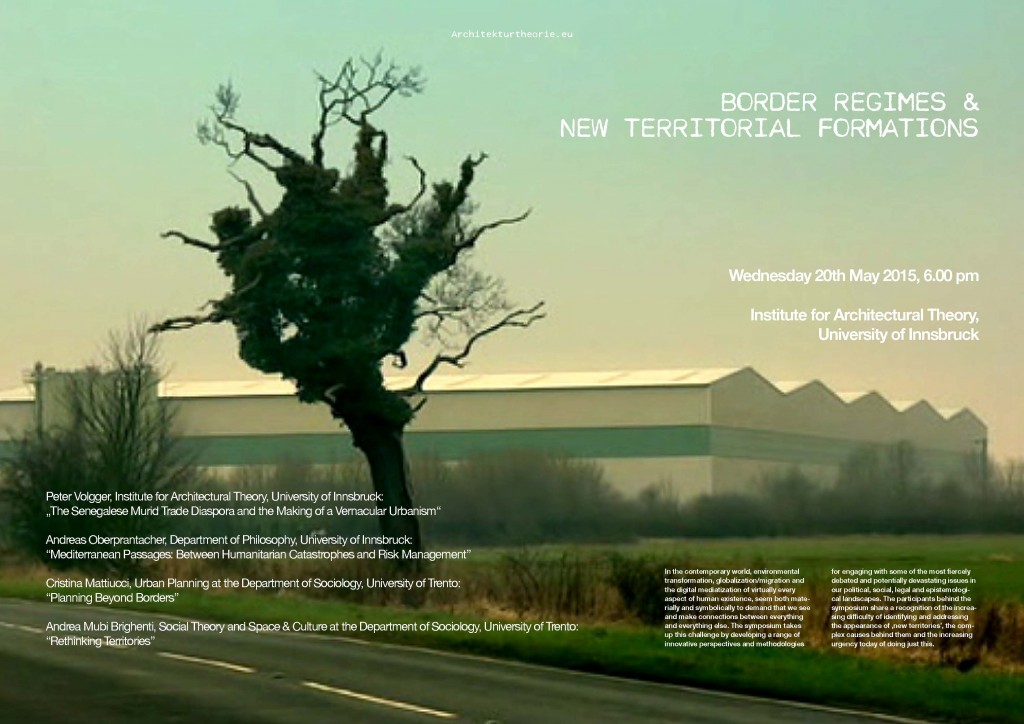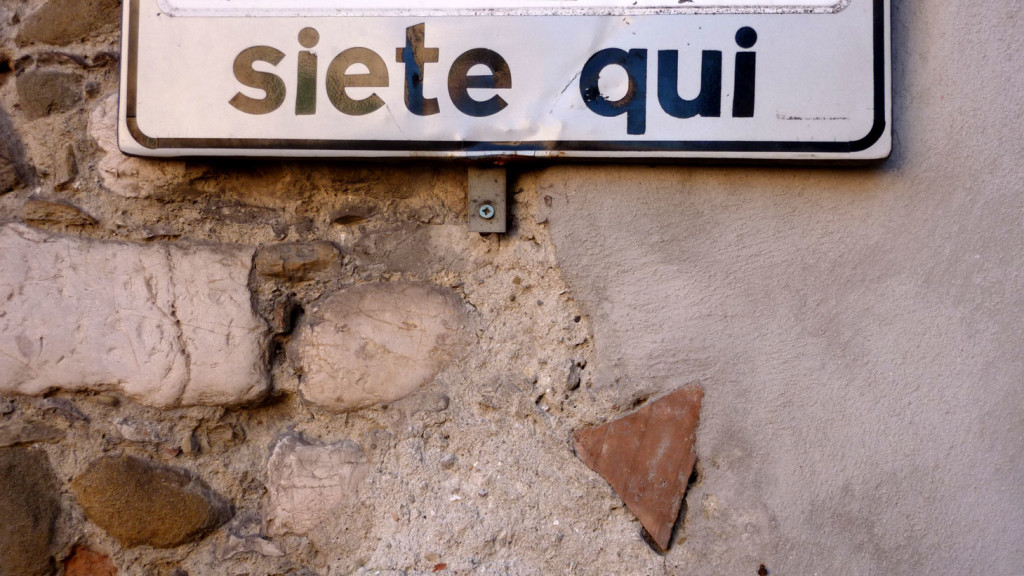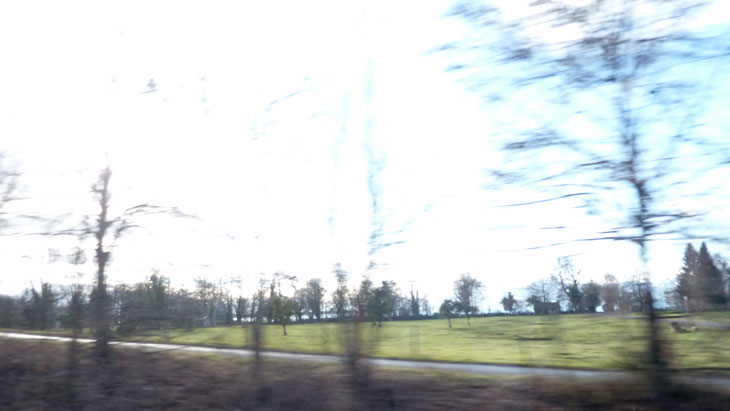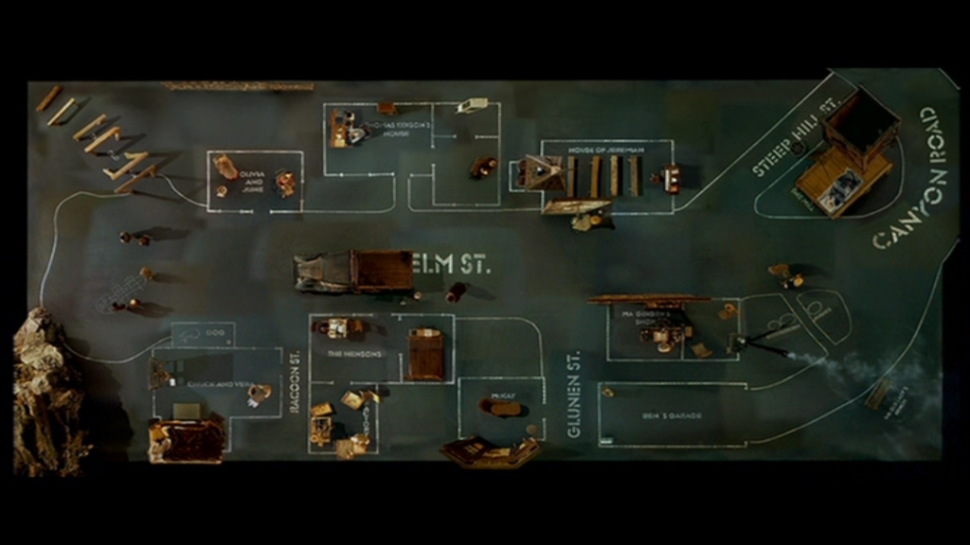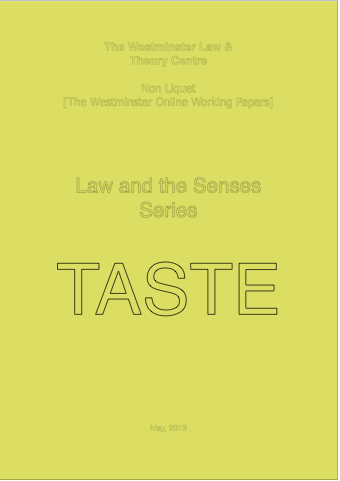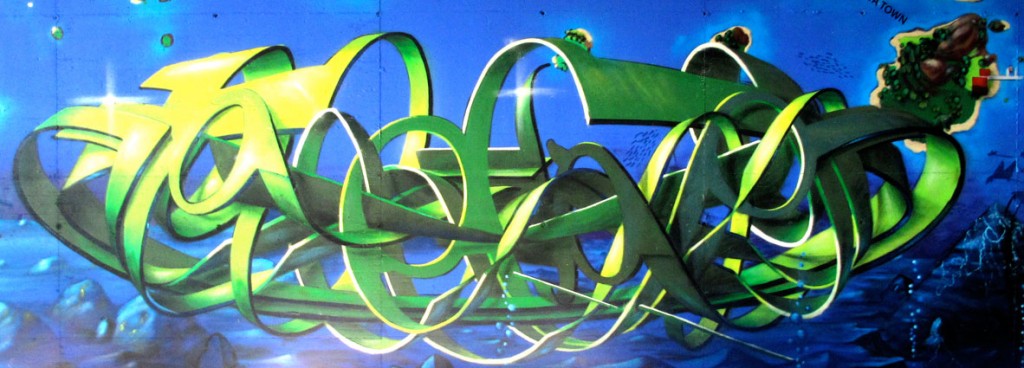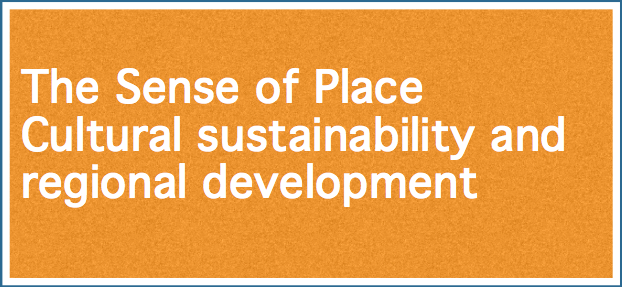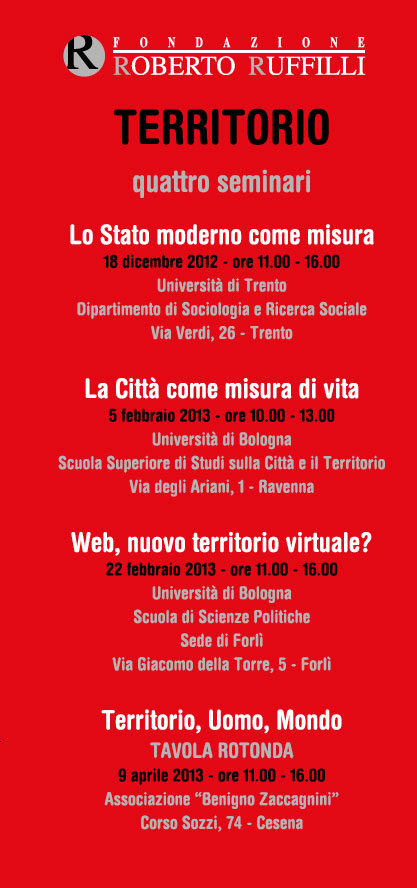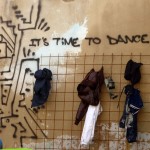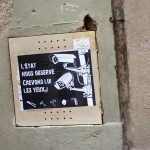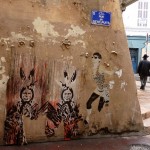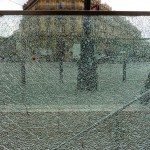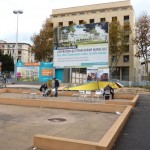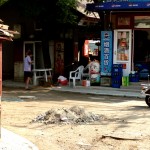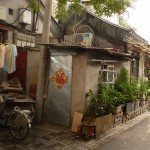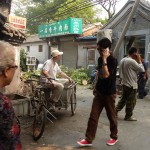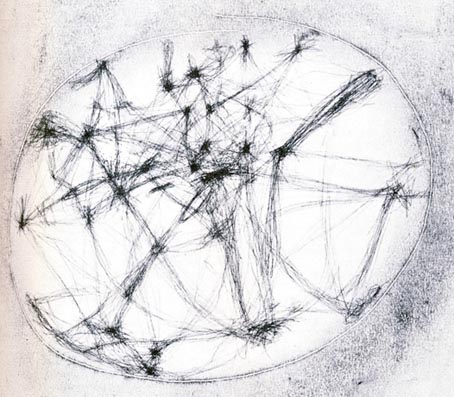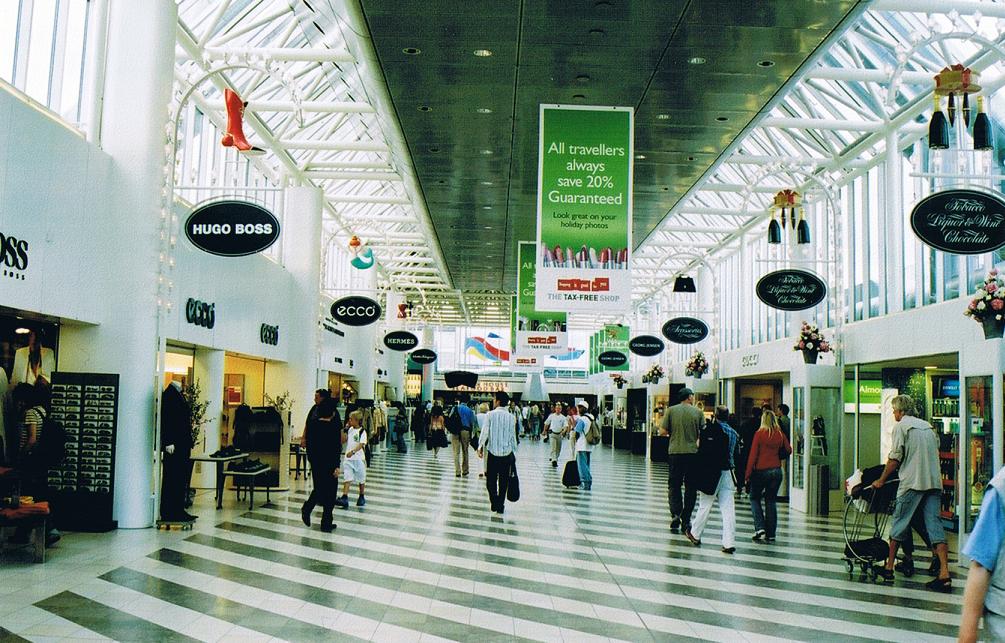
Category Archives: territories
The ground before the battle (con Cristina Mattiucci)
Now published in Massimiliano Guareschi, Federico Rahola, Forme della città. Sociologia dell’urbanizzazione.
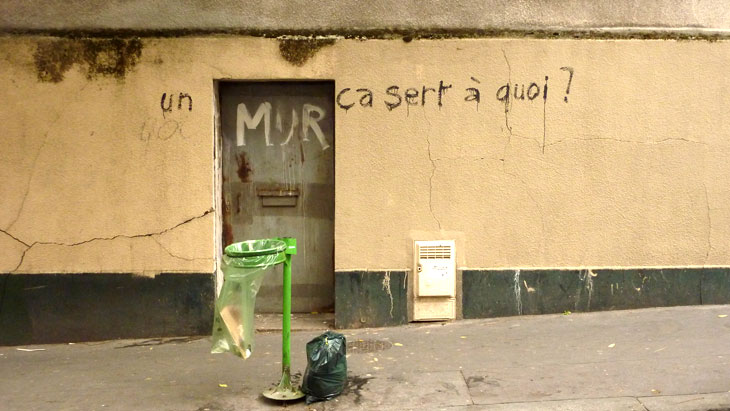
Prima del conflitto, i territori danno segni. Sono segni dei desideri e delle paure condivise, forse anche segni di insorgenze latenti, a venire, sedimentati in quelle che viviamo come “esperienze urbane”. Una pagina nota di Furio Jesi racconta come dʼimprovviso si possa rivivere la città nel giorno della rivolta: i luoghi quotidiani dellʼesperienza vissuta, dove si è baciato per la prima volta lʼamante, divengono ora ricettacoli di una nuova intimità con la dimora misteriosa del collettivo, della politica. “Sono i desideri su vasta scala a fare la storia”, scrive dʼaltra parte anche Don DeLillo in Underworld – ma come si raggiunge questa “vasta scala”? Dove si può sperare di visionare quel repertorio di sogni su piccola scala pronti a traslarsi – per “somma e sublimazione” – in “piani sul pianeta”, come li ha chiamati Guattari, dispositivi o piani dal cui incontro inevitabile viene il conflitto? Incontro inevitabile, perché questi sogni vogliono davvero conquistare la grande scala, scriversi in grande sotto il cielo; conflitto inevitabile, quando on the ground, sul campo, il terreno si fa riarso e polveroso, lʼaria irrespirabile.
…
(MU) at Ozu’s grave
So many years after I first watched Wim Wender’s Tokyo Ga, I myself could pay respect to the great Yasujirō Ozu at Kita-Kamakura. My mu is his mu. I was there with my love in a sunny day in the blossoming season.
Border Regimes & New Territorial Formations
Muri e città
Notre vie locale… (Vous êtes ici)
Ancient ways…
Ancient ways… from andrea mubi brighenti on Vimeo.
Territorio qualsiasi (intro)
Mobilizing territories, territorializing mobilities
PDF here – Brighenti-2014-Mobilizing territories, territorializing mobilities
Publisher version (OA): https://www.rivisteweb.it/doi/10.2383/77043
on ResearchGate: https://www.researchgate.net/publication/289278460_Mobilizing_territories_territorializing_mobilities
on academia: https://www.academia.edu/7499210/Mobilizing_territories_territorializing_mobilities
Memory & Desire
An old track from 2005…
Teoria dei territori
Disponibile qui: http://scienzaepolitica.unibo.it/article/view/3900
Two old papers on Dogville & Manderlay by Lars von Trier
2008: (with Alessandro Castelli) “Fondamenti. Da Dogville a Manderlay”, in Pierpaolo Antonello (ed.) La violenza allo specchio. Massa (I): Transeuropa, pp. 121-137. Also in English: “Foundations: Dogville to Manderlay”
2006: “Dogville, or, the Dirty Birth of Law”. Thesis Eleven, no. 87(1): 96-111.
La dimensione aurale. Nota per un’urbanistica sensoriale
Graffiti and Place Value
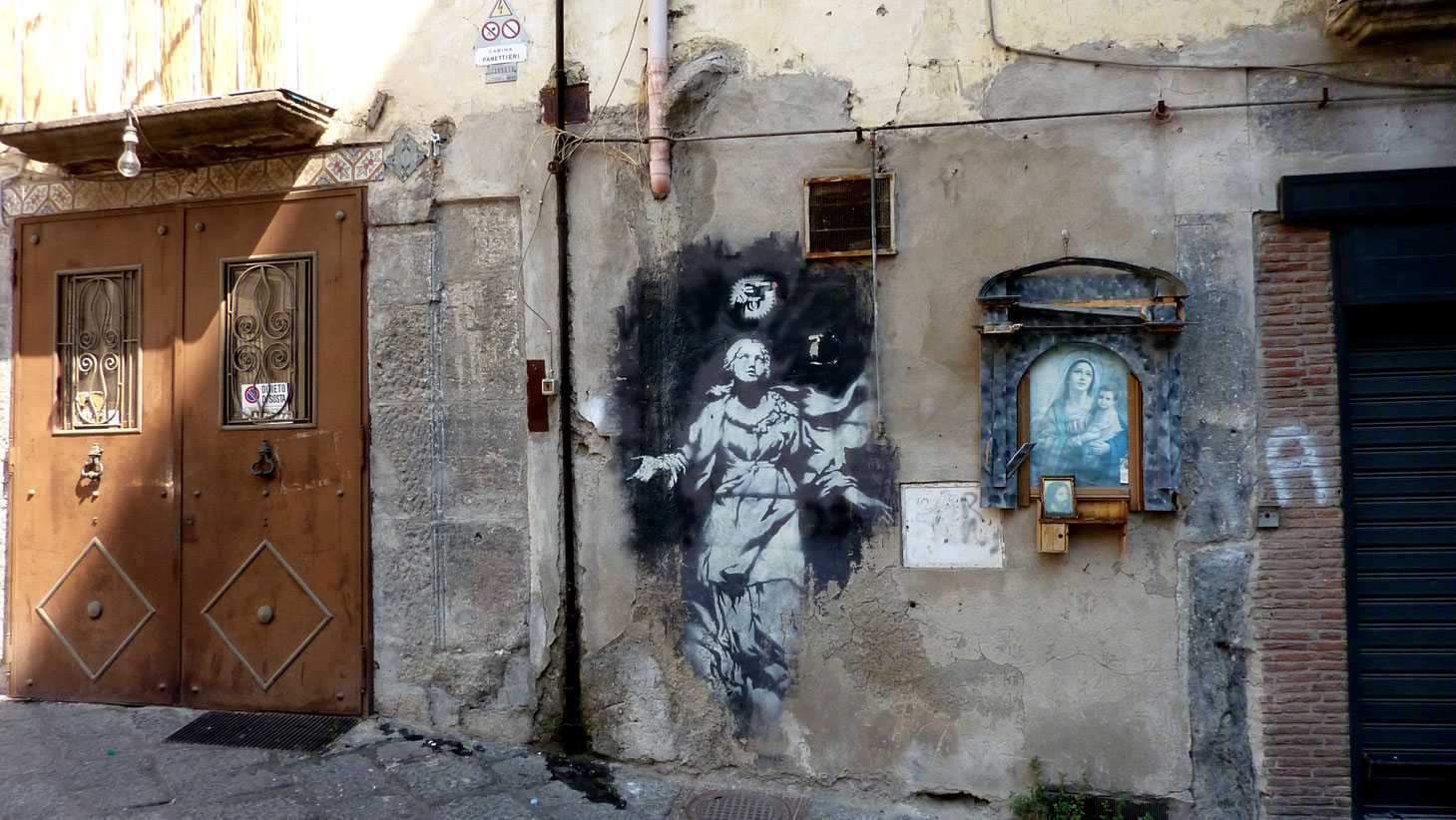
A speech I’m delivering at: Street Art in the Changing City: Theoretical Perspectives – Moscow, June 7–8, 2013 – http://igiti.hse.ru/en/hsestreetart/announcements/74150089.html
In a sense, both graffiti and street art share humble origins. While the first emerged as an essential expressive form of disadvantaged inner city youth in the late 1960s, the second originated from a more heterogeneous cohort of underground artists who, however, for quite a lapse since the 1970s through the 1990s, remained marginalized in the official art system. Such humble origins were clearly mirrored in the fact that, seen from the outside, early street art entertained only a parasitic relationship to the official cityscape, while graffiti was mostly stigmatized as seen as negatively affecting places (a sign of ‘urban decay’).
Over the last decade, a major counter-trend has made its appearance, whereby street art has moved much closer to the core of the contemporary art system, whereas graffiti has received unprecedented attention from mainstream cultural institutions. Albeit to different extents and not without contradictory or even paradoxical outcomes, both graffiti and street art have been increasingly associated with thrilling lifestyles, urban creativity, fashionable outfits, and hip neighborhoods. A radical transformation has followed concerning the impact these practices have on the value attributed to certain urban places. Rather than value-neutral (invisible) or value-detracting (supravisible) as before, now graffiti and even more pronouncedly street art seem to be value-bestowing (visible). Visibility means they have turned into recognizable and much sought-for items in the urban landscape.
In this context, my aim is to look at recent graffiti and street art events in the context of recent urban transformation. Although such events have popped up almost everywhere in the world, and in the Western countries in particular, I will refer to the case of Italy, where in the last five years I have been collecting a series of detailed field observations. I am puzzling about the social and cultural significance of graffiti and street art in the changing cityscape and the unfolding urban process. By doing so, I am also inquiring into the economic process of place valorization in the current transformations of capitalism. Finally, I am placing these concerns in the framework of the new political processes of disciplination and urban governance.
*
Here is the audio record (mp3 version)
Here is also a short interview I’ve released : http://www.hse.ru/en/news/85034010.html
Remarks for a Territoriology of Wine Tasting
Published in Non Liquet [The Westminster Online Working Papers] – Law and the Senses Series – No.1, Taste
https://nonliquetlaw.wordpress.com/2013/05/28/law-and-the-senses-series-taste/
Brighenti-wine-tasting (pdf excerpt version)
A Territoriology of Graffiti Writing
Picture credit: DADO
*
Puzzling about the territorialities of wall writing & environs:
A Territoriology of Graffiti Writing. – NEW : Paginated Version Here
Written for FRONTIER La linea dello stile / The Line of Style, edited by Fabiola Naldi & Claudio Musso, Damiani Editore, 2013.
Territories: a conceptual exploration…
A speech I delivered at The Sense of Place Cultural sustainability and regional development – Rome 10th -12th April 2013
Full Programme here : http://www.ires.it/files/eventi/Rome_FINAL%20PROGRAMME.pdf
A Walk through Copenhagen
Territorio / Fare misura
Con Pierangelo Schiera, sto organizzando un ciclo di seminari su “territorio e misura”.
Per iscriversi | segreteria@fondazioneruffilli.it
A Walk through inner city Marseille
Mille Plateaux – A reading Seminar
With Mariasole Ariot, I’m organising an independent reading seminar of Mille Plateaux / A Thousand Plateaus by Gilles Deleuze and Félix Guattari.
A Hutong slice of life (from Beijing)
Il viaggio e l’intimità territoriale
(Img: Fernand Deligny – Lignes d’erres)
Review of “The new spaces of consumption”
(picture credit: Mattias Kärrholm)
a book by Mattias Kärrholm
http://www.metropolitiques.eu/The-new-spaces-of-consumption.html
Visualising the riverbank
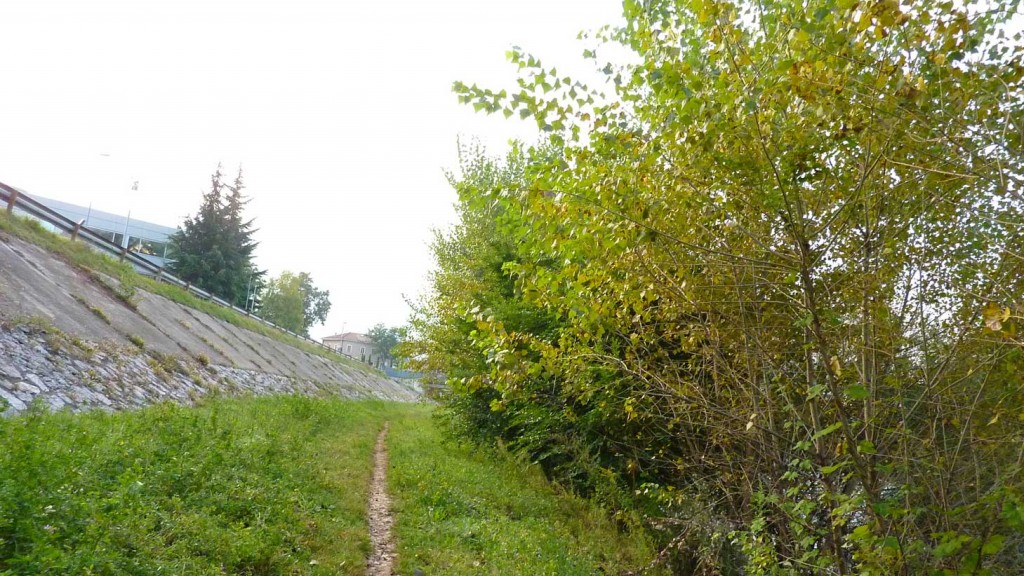 (co-authored with Cristina Mattiucci) ‘Visualising the riverbank’, in City: analysis of urban trends, culture, theory, policy, action, Volume 16, Numbers 1-2, 1 April 2012 , pp. 221-234
(co-authored with Cristina Mattiucci) ‘Visualising the riverbank’, in City: analysis of urban trends, culture, theory, policy, action, Volume 16, Numbers 1-2, 1 April 2012 , pp. 221-234
http://www.ingentaconnect.com/content/routledg/ccit/2012/00000016/F0020001/art00019
Abstract
Drawing on ethnographic observation of a tract of urban riverbank in the city of Trento, in northern Italy, we attempt to link phenomenological observation of social interaction in public places with larger political concerns about contemporary urban public space. While agreeing with Low et al. (Rethinking Urban Parks: Public Space & Cultural Diversity. Austin: University of Texas Press, 2005) that in order to foster public spaces it is necessary to accommodate the differences in the ways social classes and ethnic groups use and value urban sites, we also argue that one should be wary of planning hubris—which can occur in even `good-willed’ planning, and leads to the creation of domesticated and formalised, but also inherently restricted, spaces for encountering differences.
